
All categories
Featured selections
Trade Assurance
Buyer Central
Help Center
Get the app
Become a supplier

(1029 products available)






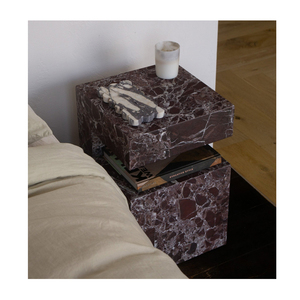
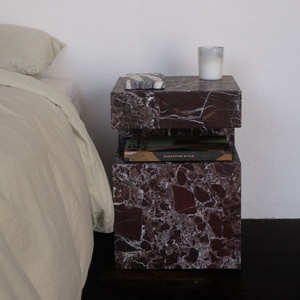
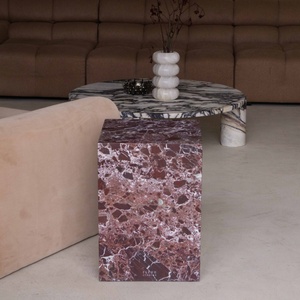
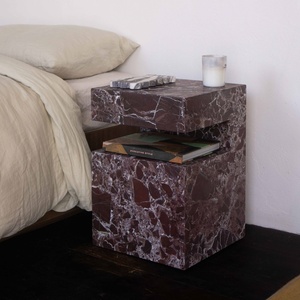
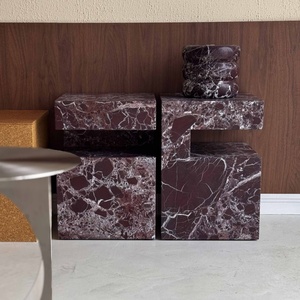
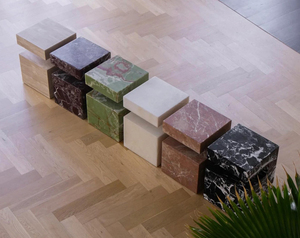






































Stone pillars, often referred to as stone columns, are vertical structures made of stone that support a load. These pillars made of stone are used for decoration and can be found in different places. Here are the most common types of stone pillars:
Simple Pillars
The simple stone pillars design is an important part of the architecture of ancient Greece and Rome. These pillars can be found in temples and buildings that are dedicated to the gods and goddesses. The simple pillars are also found in government buildings and monuments. The simple stone pillars design is still used today in modern architecture. These pillars are used to give buildings a classic look and feel. The simple pillars are also used in interior design to create an elegant and sophisticated atmosphere.
Square Pillar
This pillar is a wooden or metal post with a square cross-section. It is used for building support. The square pillars can be seen in the design of the wooden beams of a structure. These pillars are also used in the support of roofs, bridges, and other structures. The square pillar is a popular choice for support because it can resist bending and twisting forces.
Round Pillar
These pillars are made of stone, metal, or wood. The round pillars are used for support in many structures. Round pillars can be seen in different architectural styles, from ancient to modern. Round pillars are also used for decoration in many buildings. They offer a classical look to a building.
Eight-Sided Pillar
These pillars have eight distinct sides. This makes the pillars look better than the traditional four-sided pillars. The eight-sided pillars are commonly used in the construction of buildings and bridges. These pillars provide structural support while also looking good. The eight-sided pillars are a popular choice when a project needs more than just the standard four-sided shape.
Supportive Structure
Stone columns are an important part of architecture because they carry the weight of the roof or anything above it. The columns transfer that weight down to the ground so everything is supported. Without columns, the structure could be unstable.
Vertical Alignment
Stone pillars for garden are very straight and upright. This verticality helps align and balance the structure visually. The columns provide an orderly sense of height to the structure.
Material Properties
The stone used for the columns affects their function and appearance. Granite is very durable and will last a long time without breaking. Marble looks nice and fancy, especially for palaces and temples. Limestone is easy to carve into designs but not as strong as granite or marble.
Design Features
The columns may have decorative features that affect their function. Fluting, which are vertical grooves, makes the pillars look more elegant. Capitals, which are the designs on top of the column, add beauty and visual interest. The order of the columns refers to the different styles, like Doric or Corinthian, that also impact how the columns appear.
Scale and Proportion
The size of the columns and how they are placed in relation to other things is important. For big buildings like temples and castles, the columns are huge to show strength. For smaller houses, the columns will be in proportion to the size of the house. This balance makes sense.
Materials
Simple stone pillars for decoration are made from different materials that affect their appearance and function. Granite is very strong and will last a long time without breaking. Marble looks fancy and nice. Limestone is easy to carve into designs but not as strong as granite or marble.
Styles
The style of the pillars affects their appearance. The Doric columns are plain but strong. The Ionic columns have scrolls on top that look pretty. The Corinthian columns are very decorated with leaves. The Gothic columns are pointy and ribbed. These different styles impact how the columns function visually.
The applications of stone pillars are almost endless. These pillars are not only functional but also add a touch of elegance and beauty to the surroundings. Here are some common usage scenarios of the simple stone pillar design.
Entrance/Driveway Gates
Stone pillars mark where the cars go through. They look grand and show that people own the land. The pillars also support gates made of wood, metal, or a mix of materials. The entrance with pillars and gates makes a nice first impression for visitors.
Porch Support Columns
Stone pillars can also support the roof of the porch. They are in front of the house and hold up the overhang. Stone is long-lasting and doesn't need much care. Using pillars on the porch makes the house look classic and well-built.
Deck or Patio Corners
Decorative stone pillars work well on decks or patios, too. Pillars placed at the corners create a cozy, enclosed space without blocking the view. They are also open to the sky and help people see the yard better from the seating area.
Landscape Features
Pillars made of stone add style to the yard. They can be placed at the end of a walking path or bridge so people have something to look at when walking by. Stone pillars placed in gardens also make the area look nicer.
Walls and Fencing
Stone fence posts or pillars can be used with different types of fences made of wood, metal, or vinyl. The stone parts give a visual break and make the fencing look nicer overall.
Architectural Elements
Inside the building, simple stone pillars support things like arches, ceilings, and overhangs. They can be plain or fancy. The pillars help hold up the structure while also looking attractive.
Parking Structure Support
In parking garages, strong stone pillars support the floors above. Their strength and ability to carry heavy loads lets many cars fit inside. The stone pillars provide stability and safety for the parking levels.
When purchasing for customers, it is important to select pillar designs that can be used for various applications. This ensures that the purchased product will meet the needs of a wide range of customers.
It is also important to consider the quality of the stone. Look for designs that use durable stones like granite or marble. This will ensure that the pillars will last a long time and remain attractive. Also, look for pillars with quality craftsmanship. Pillars with quality craftsmanship will have a finished look that will enhance any space.
When buying pillars, it is important to select those with designs that can be easily customized. This will allow buyers to work on the pillars to ensure the final product is what their customers want. Also, consider the cost of the pillar and the potential profit margin. Buy pillars that strike a balance between cost and quality to ensure a decent profit margin.
Finally, read reviews and testimonials from other buyers to get an idea of the vendor's reputation and the quality of their products. This will give the buyer confidence in their purchase decision.
Q1: What is the simplest pillar design?
A1: The simplest design for a pillar is the plain, round shape. This style is straightforward without any added details or decorations.
Q2: What is the difference between a post and a pillar?
A2: A post is mainly used to support something in construction. In contrast, a pillar is often decorative, even though it can also provide support.
Q3: What are the three types of pillars?
A3: The three types of pillars are Doric, Ionic, and Corinthian. These were Greek and Roman ancient pillars.